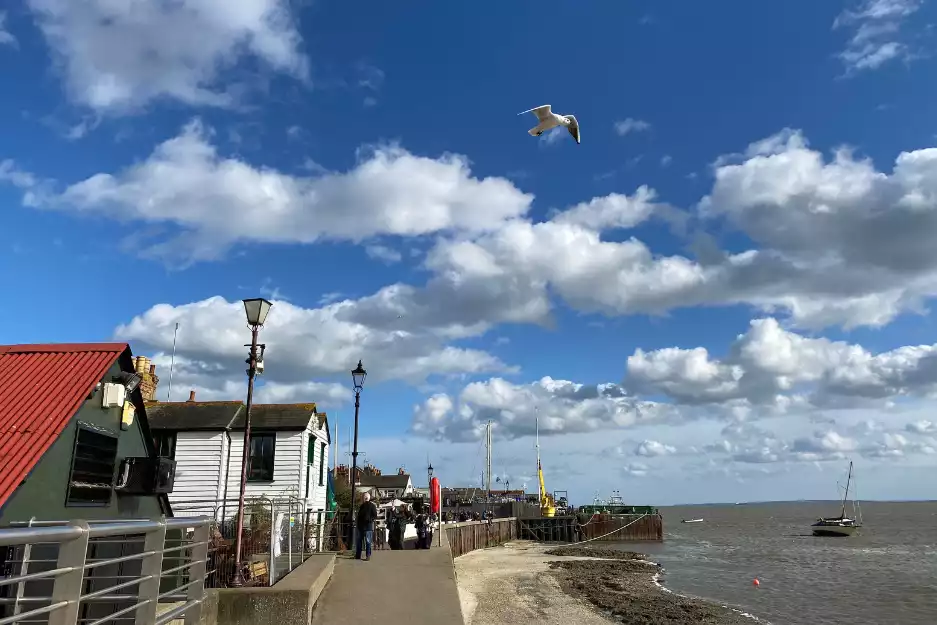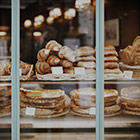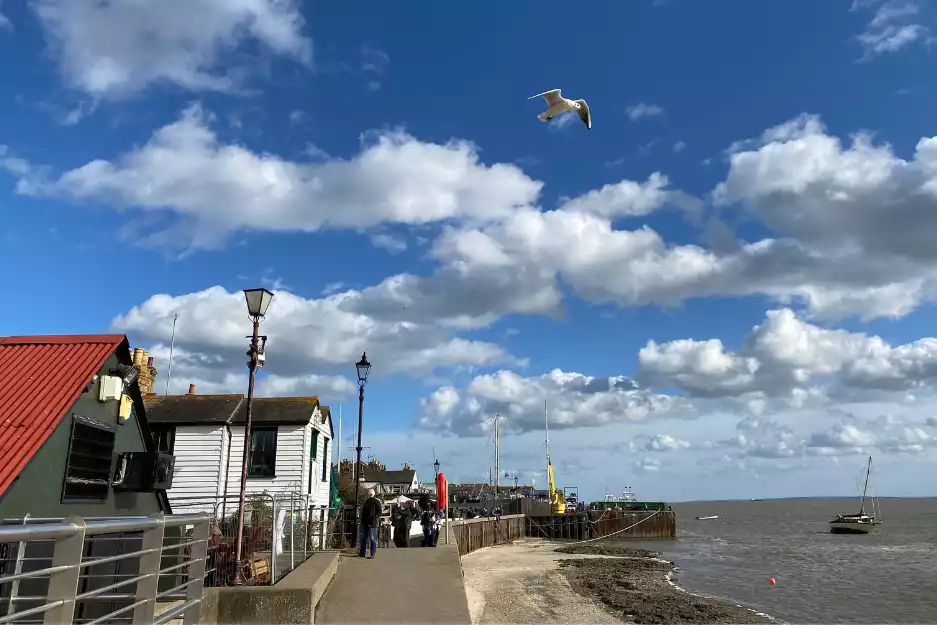-
AllAnytime Fitness Gym Art Beer Of The Week Blog Bus Fares Bus Service Business Business Expo C2C Care Care Home Charity Children Christmas Cinema City Status Cliffs Pavilion Cliffs Pavilion Review Cocktail Recipes College Community Competition Construction Coronation Coronavirus Dannielle Emery Design Easter Education Electoral changes Leigh on sea Emma Smith Employment Emsella Chair Environment Essex & Suffolk Water News Essex Police Essex Wildlife Trust News Events Family Fun Fashion Festival Film Finance Fitness Food Food & Drink Football Foulness Bike Ride Fresh Face Pillow Company Gardening General Election Hair & Beauty Halloween Harp Havens Havens Hospice Havens Hospices Havens Hospices Health & Fitness Health & Beauty Health & Fitness Healthwatch Southend Historicaleigh History Holidays Housing Indian Indirock Jubilee Karen Harvey Conran Kids Kids Blogs Kids Competitions Kids Reviews Lazydays Festival Legal Legal Eagle Leigh Art Trail Leigh Folk Festival Leigh Library Leigh On Sea Finds Leigh Road Leigh Town Council Leigh Town Council Press Release Leigh on Sea Leigh on Sea Sounds Leigh on sea Folk Festival Leigh on sea Marathon Leigh on sea Town Council Leigh on sea man breaks marathon record Leigh on sea news Lifestyle Livewell Southend Press Release LoS Shop London London Southend Airport Los Shop Marathon Melinda Giles Mortgage Angel blog Mortgages Motherofalloutings Mughal Dynasty Music My Mortgage Angel MyLoS NHS News News Newsletter Offers Outfit Of The Week Palace Theatre Parenting Parking Pets Picture Of The Week Pier Politics Press Release Press Release Southend City Council Professional Property Property Of The Week RSPCA Ray Morgan Re:loved Recipes Recycling Restaurant Restaurant Review Restaurants Review Roads Rotary Club Royal Hotel Royal Visit SAVS Schools Seafront Shopping Shows & Music Review Shows & Music Shows & Music Review Southend Southend Airport Southend Borough Council Press Release Southend City Bid News Southend City Council Southend City Council Press Release Southend City Council Press Release Southend Community Safety Southend Hospital News Southend In Sight Southend In Sight Southend In Sight Press Release Southend on Sea Sport The Mortgage Mum The One Love Project The Ship Hotel Theatre Theatre Blog Theatre Review Theatre review Transport Travel Travel Veolia Village Green Volunteer Weddings Whats On c2c
Come to Leigh-on-Sea and enjoy its history, shopping and restaurants

On the north bank of the Thames, thirty miles east of London, in the borough of Southend-on-Sea, stands the old fishing village of Leigh-on-Sea steeped in a wealth of history and legends of by-gone days.
The earliest known written record of Leigh (or Legra as it was then known) is the entry in the Domesday Book, compiled in 1086.
The entry in the Domesday Book runs:
Legra, which was held by 1 free man as a manor and as a 1 hide, is held by R in demesne. Then as now (Semper) 2 villeins, and 2 bordars, and 1 plough on the demesne, and half a plough belonging to the men, and 5 bordars by the water (super aquam ), who hold no land. There is pasture for 100 sheep. Then 1 rouncey (horse) , 5 cows, 5 calves (and) 100 sheep; now 2 rounceys, 4 cows, 5 calves (and) 103 sheep. It was then worth 40 shillings; now 100
Leigh has a long history as a settlement dependent on the sea, and despite many changes, still has some of the atmosphere and character of the old, seafaring community.
With increasing trade during the Middle Ages, the settlement took advantage of its sheltered position on the important shipping route to London and began to grow. By the 13th century it had its own parish church, St. Clements. The list of Rectors dates from 1248, although the present building dates from the 15th century. By the 16th century, Leigh had become a fairly large and prosperous port, handling coastal and continental trade, especially with France and the low countries.
Ship building was one activity to benefit from increased trade and ships of up to 340 tons are recorded as being built at Leigh. In addition to trading ships, many would have been built for the local fishing fleets. The list of Leigh-built ships starts with the Speedwell, a ship of 105 tons built in 1579, Vineyard (240 tons), Merry England (190 tons), Ruby (280 tons), Mary Ann (302 tons) and Salamander (180 tons). The Mayflower, the ship in which the Pilgrim Fathers made their voyage to America, was either built or owned in Leigh.
While the 16th century seems to have been the hey-day of ship- building in Leigh, it was during the next two centuries that so many of its sailors achieved distinction. The first, Sir Richard Haddock, became Comptroller of the Navy in the late 17th century. Other local men served Trinity House and the Salmon family was particularly notable, providing two Masters of Trinity House in the 16th and 17th centuries.
During the 18th century, ships became larger and patterns of trade altered. At this time, the sea level rose, resulting in the silting up of Leigh’s deep water channel and, consequently the town’s importance went into decline. Gradually, it reverted into a fishing village, working local fishing grounds and supplying the London market by road and barge.
As a fishing port, it was far more successful, having no rivals in the Thames estuary. Numerous mudbanks offered ideal fishing grounds and inshore, oysters could be cultivated. Much of the early fishing was done by stop-nets staked across the tidal creeks, which trapped fish on a falling tide. Such traps were constantly being banned in the Thames even as late as 1697. Until 1220, the fishing rights were a royal prerogative but then, were transferred to Hubert de Burgh, the builder of Hadleigh Castle. Fishing was vital for the area, as little else was available for winter food and it provided one of the few stable industries in the area.
In 1801, Leigh had a population of 570, by 1901 it was 3667 and in 1921 grew to 15,031.
It was the arrival of the London, Tilbury and Southend railway line in 1854 that removed the isolation of Leigh and transformed stagnation into slow and steady growth. The railway was forced by the steep terrace edge to keep to the flood plane terrace and carve its way through "Old Leigh".
The fishing industry was the first to take advantage of this speedy transport with 467 tons of winkles, mussels and shrimps being transported by rail in 1855 and 704 tons by 1864.
Not surprisingly, speculative land development followed the railway line and Leigh was promoted variously as a resort to rival the "Queen of Watering Places" and in one instance even Naples, or as a peaceful, residential haven and a fine dormitory for London. In 1913, Leigh was incorporated within the rapidly expanding Borough of Southend. By the 20th century, the old village had become only a small part of a much larger town.
South of the railway lies Leigh Old Town with all it’s renowned charm and character.
Containing the famed "Cockle Sheds" with a bewildering and mouth-watering array of fresh seafood, there are also great pubs, cafes and shops, together with a small, sandy beach.
Old buildings are scattered along the High Street, including the Old Smithy rebuilt from two earlier cottages in 1860-1880 and now containing a "Heritage Centre".
Some of the wharves are of medieval origin and, in 1406, Henry 1V, endeavouring to avoid the plague then raging in London, crossed the Thames from Sheppey to Leigh. Halfway across, his ship was attacked by French pirates, a great chase ensued and, had it not been for the skill and navigational prowess of his crew, the King would have been captured. As he set foot on the Strand, the King went down on his knees and gave thanks for his safe delivery to Leigh.
The Leigh Conservation Area to the north of the railway, rises from the Old Town up the steep hillside to the Parish church at the top. This area contains many of the attractive, old terraced houses and cottages with architectural features dating back to centuries past.
Leigh’s past has given the Town an impressive heritage and one which is still much in evidence, even in the popular and thriving place of today.
Why Leigh-on-Sea is a Great Place to Live Today
Leigh-on-Sea consistently ranks as one of the most desirable places to live in Essex, and indeed, in the UK. Its appeal stems from a compelling blend of factors:
Sense of Community and Independent Spirit: Leigh boasts a strong and vibrant community spirit. Unlike many high streets dominated by chain stores, Broadway and the surrounding areas are brimming with independent shops, boutiques, cafes, and restaurants. This fosters a unique identity and a thriving local economy, giving the town a distinct, friendly, and personal feel. Residents often speak of the genuine warmth and camaraderie among neighbours.
Beautiful Coastal Location: The obvious draw is the stunning coastline. Leigh-on-sea offers panoramic views across the Thames Estuary, with picturesque beaches, mudflats (at low tide), and the ever-present charm of the Old Town's fishing boats. It's a fantastic place for walks, cycling along the seafront path, or simply enjoying the sea air and sunsets. The tide coming in and out dramatically changes the landscape, offering ever-evolving beauty.
Excellent Transport Links: Despite its seemingly tranquil setting, Leigh-on-Sea benefits from excellent transport connections. The C2C railway line provides fast and frequent services directly into London Fenchurch Street, making it an ideal commuter town for those working in the capital. The A13 and A127 also offer good road links to other parts of Essex and beyond.
Outstanding Schools: For families, Leigh-on-Sea is particularly attractive due to its reputation for high-quality education. The town is home to a number of well-regarded primary and secondary schools, both state and independent, which consistently achieve strong academic results.
Vibrant Arts and Culture Scene: Leigh-on-Sea punches above its weight in terms of its cultural offerings. There are numerous art galleries, live music venues, and community events throughout the year. The town attracts artists and creative individuals, contributing to a lively and diverse cultural landscape. The Leigh Folk Festival, for instance, is a major annual event that draws visitors from far and wide.
Green Spaces and Recreational Opportunities: Beyond the immediate coastline, Leigh offers various parks and green spaces, providing opportunities for relaxation and outdoor activities. From Belfairs Woods to the numerous smaller parks, there's always somewhere to enjoy nature. Water sports, cycling, and walking are popular pastimes, catering to an active lifestyle.
Quirky Charm and Unique Character: Leigh manages to be both traditional and contemporary. The juxtaposition of the historic Old Town with the bustling Broadway, the cockle sheds alongside modern eateries, creates a unique atmosphere that is both inviting and endlessly interesting. It's a place with character, a distinct identity, and a relaxed, welcoming vibe.
ADD A COMMENT
Note: If comment section is not showing please log in to Facebook in another browser tab and refresh.
























